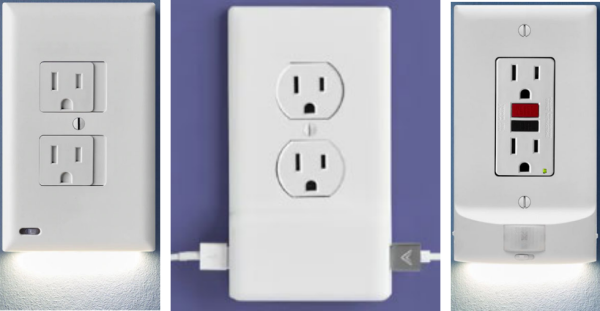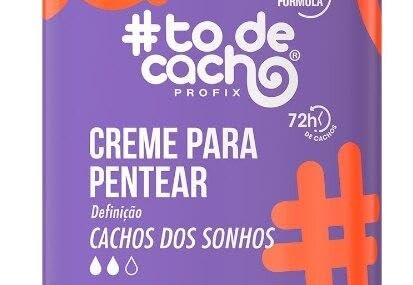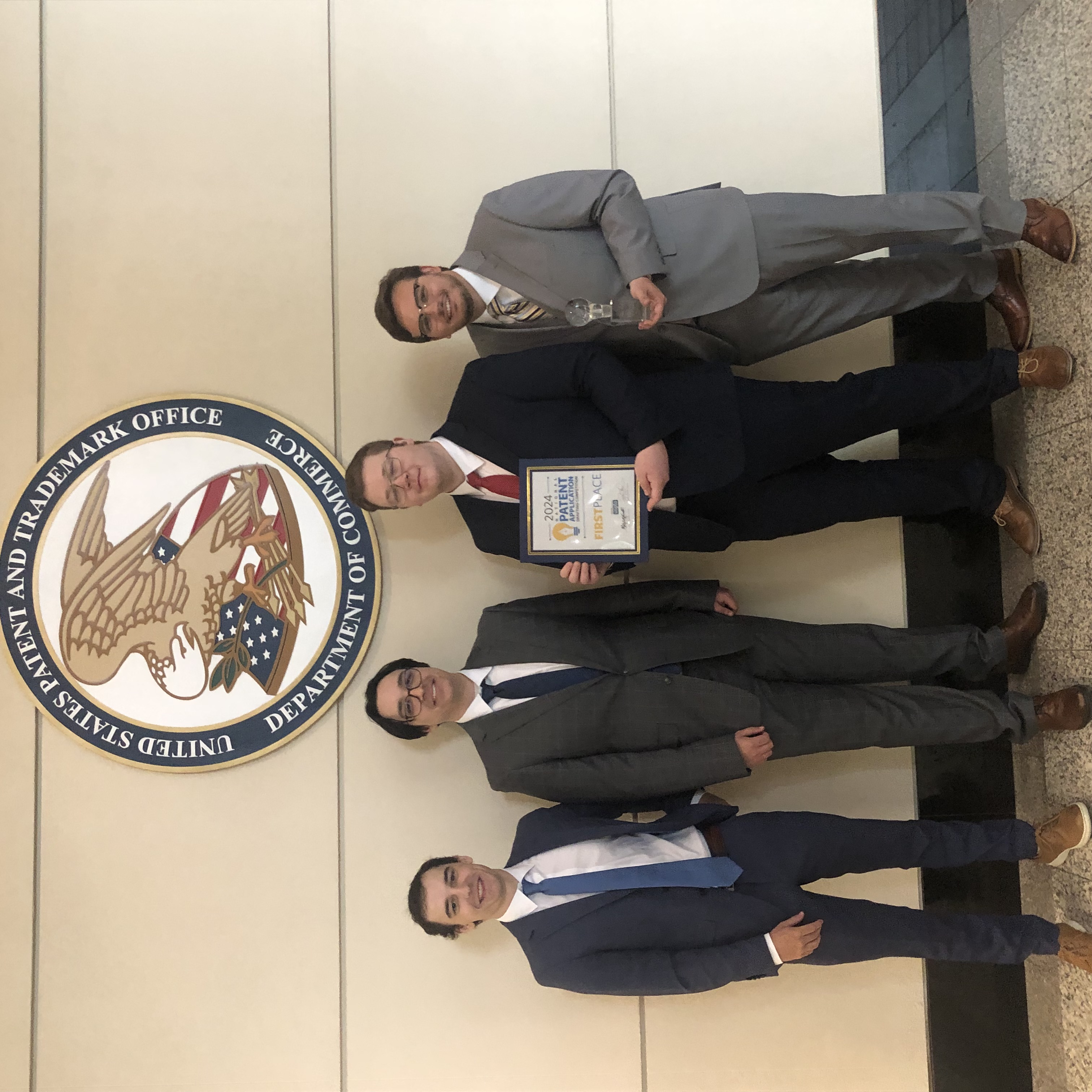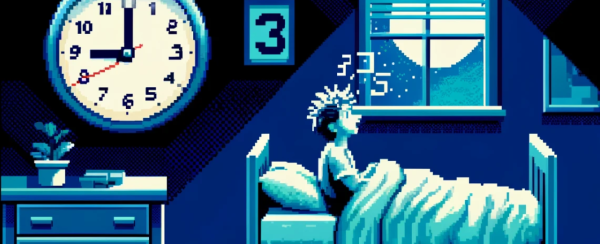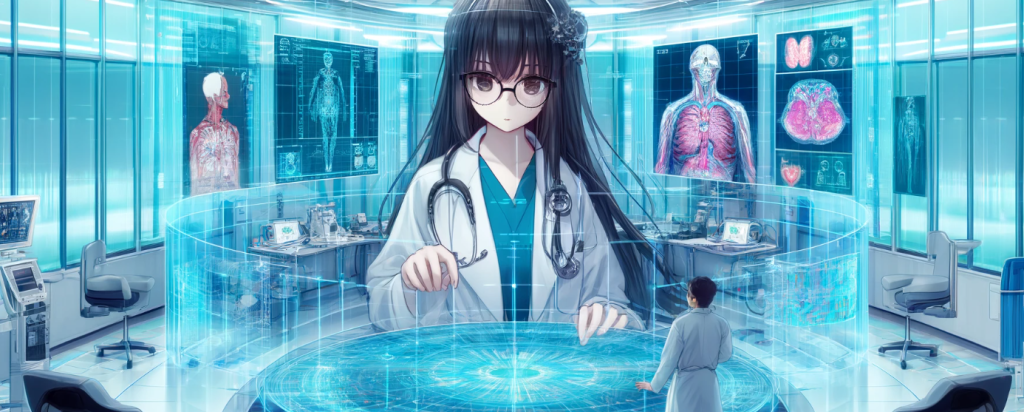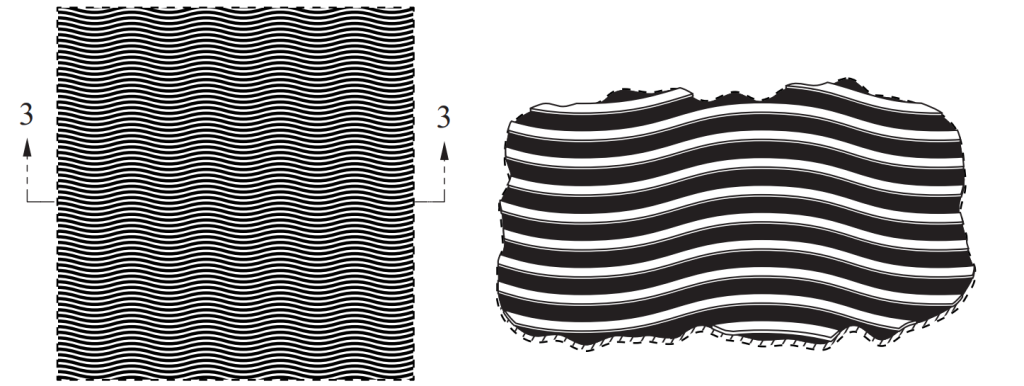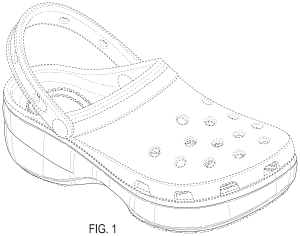by Dennis Crouch
In its initial decision, the TTAB dismissed iFIT's opposition to ERB's I-FIT FLEX registration -- finding no likelihood of confusion because the goods were in separate markets. iFIT is a major manufacturer of exercise equipment like treadmills and stationary bikes and holds several trademark registrations for IFIT marks covering fitness machines, online fitness training services and content, software, and some ancillary products like apparel. ERB Industries applied to register I-FIT FLEX for protective and safety eyewear sold at hardware stores such as Home Depot. Although the two brands are at-times sold in the same online store (Amazon.com and Walmart.com) this type of overlap was not sufficient for the TTAB. In its decision, the TTAB rejected iFIT's relatedness argument using an analogy to racecar drivers and chemists. The TTAB reasoned that while some racecar drivers and chemists may use safety glasses, that doesn't mean safety glasses are related to racecars or to chemicals like ammonia.
iFIT appealed the Federal Circuit, and most recently Federal Circuit granted
To continue reading, become a Patently-O member. Already a member? Simply log in to access the full post.

